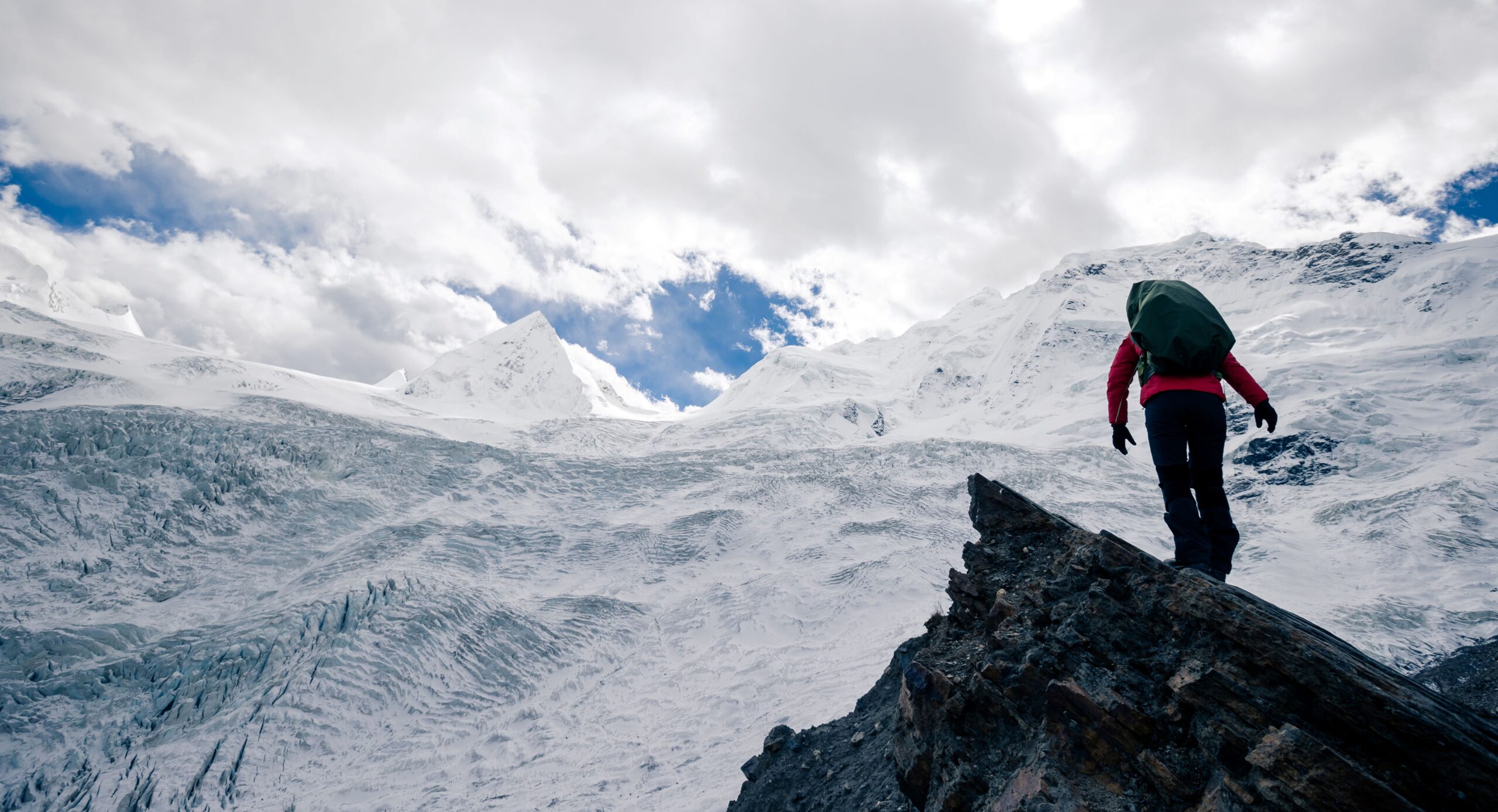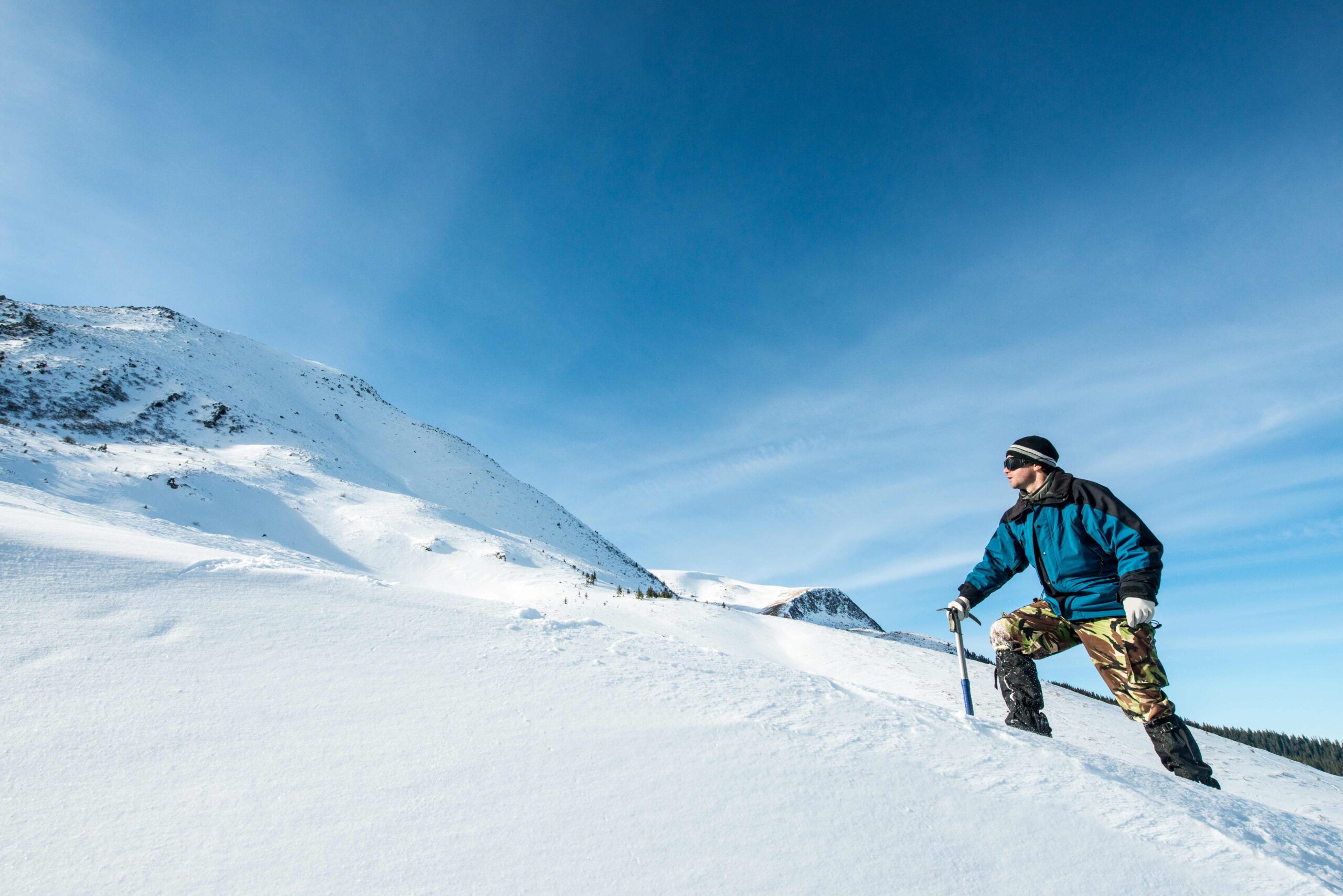It doesn’t feel like ski season at first. Mornings in July begin soft — light mist, birdsong, hikers with trekking poles. But around 5:30 AM, something shifts. You start to hear boots on metal and the low murmur of helmets clipping shut. The Theodul Glacier is awake, and so is everyone headed to it.
Summer skiing in Zermatt is unlike anything in the typical alpine calendar. It isn’t about après-ski or crowd-stirring descents. It’s a ritual of precision. The lifts open early not for style but necessity. Because by 11:00, the snow gives way. Or rather, it relaxes. What was grippy becomes slick. That’s the bargain of glacier skiing Switzerland offers in summer: arrive early, or miss the moment entirely.
Why Ski in Summer?
At first glance, it seems contradictory. Skiing in July Zermatt? But the answer lies in altitude.

The Theodul Glacier sits high enough to hold snow well past the spring melt. Unlike resorts that shut down by May, Zermatt keeps a portion of its alpine spine open.
The atmosphere is different here. It isn’t festive, but focused. Mornings are filled with race teams, cross-national training camps, and a few early-rising tourists chasing novelty and silence. There is camaraderie, but no noise.
And then there’s the view. The sky opens up by 7:00, and the peaks sharpen with every step uphill. It’s less about chasing powder and more about negotiating ice, slope, sun.
Skiing here in summer isn’t a stunt. It’s a rhythm. A deliberate choice. And for those who know how to read the mountain, it offers something closer to stillness than speed.
Glacier Conditions and Morning Routines
Glacier skiing Switzerland demands a schedule. Most skiers rise before 5:00. Lifts toward the glacier zone typically begin operations by 6:30, weather permitting. Those who miss the first hour usually don’t stay long.
Snow conditions shift quickly. At dawn, the surface is firm, almost glassy. Ideal for carving and training drills. By mid-morning, the sun changes everything. Water beads form. Speed disappears. Control becomes a memory. And yet, it’s predictable. You can plan around it. You have to.
Skiers queue at the base lifts in half-sleep. Coffee is clutched, not sipped. Conversation is minimal. At the top, it’s quieter still — save for the scraping of edges and the occasional shout from a coach.
And then there’s that moment around 10:45. The light shifts. The texture softens. You feel it underfoot. That’s the signal. It’s almost over.
Equipment Tips and Altitude Effects
High-altitude ski tips begin with one principle: your gear must adapt faster than your body. Summer conditions mean you need edges that hold through melt, boots that remain stiff despite rising temperatures, and layers that balance chill at 3,800 meters with heat at the lift base.
Waxing becomes essential. Daily. Sometimes twice. Edges dull faster in summer — not from ice, but from the inconsistency between granular snow and surface melt. Many racers bring backup skis. Most tourists don’t. You’ll notice the difference by 9:30.
Breathing is another matter. Some skiers underestimate how altitude plays with energy levels, especially after poor sleep. The sun tricks your skin into thinking it’s warm. But the wind up high? Still winter.
Glacier skiing is less forgiving. There’s no time to adjust slowly. You either arrive ready, or you fade.
Balancing Tourism and Training Camps
July on the glacier brings an unusual mix: national ski teams from five or six countries share space with small tourist groups and the occasional influencer. It should clash. But mostly, it doesn’t.
Training camps dominate early lanes. Flags mark slalom routes. Coaches whistle, call out lap times, re-set poles. Meanwhile, further left, tourists snap Matterhorn photos or try tentative

carves down easy stretches. Everyone is aware of each other. No one interrupts.
The local infrastructure has learned how to accommodate both. And it works — not seamlessly, but respectfully. Rental shops adapt hours. Mountain staff pivot roles. Even the signage switches languages by slope.
By noon, the mountain shifts again. The snow says goodbye. The lifts are slow. And those who came early pack their gear without much talk. The glacier doesn’t linger. It opens, then closes. On its own terms.
